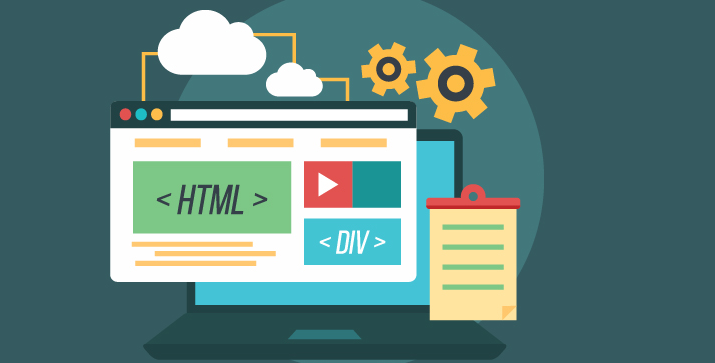Ever wondered how websites are built? It all starts with tiny, yet powerful elements called HTML tags. These tags, just like building blocks, are the foundation of every web page, shaping its content, structure, and appearance. Don’t let the technical term intimidate you! Mastering HTML tags is easier than you think, and this guide will be your friendly companion on this journey.

What are HTML Tags?
Imagine a website as a house. You have foundation stones, walls, doors, windows, and furniture – each serving a specific purpose. Similarly, HTML tags define different sections of your web page. Think of them as specific instructions for your web browser, telling it what each element on the page is and how it should be displayed.
Basic Building Blocks:
Let’s dive into some essential HTML tags you’ll encounter frequently:
- Heading Tags:
<h1>,<h2>, etc., define headings of different sizes, like titles and subtitles. Think of them as different-sized signs guiding visitors through your website’s content. - Paragraph Tags:
<p>defines paragraphs, the main text content of your page. Just like paragraphs in a book, they organize large chunks of text into readable sections. - Image Tags:
<img>tells the browser to display an image. Imagine it as a picture frame holding your chosen visuals. - Link Tags:
<a>creates hyperlinks, allowing users to click and navigate to other pages or websites. Think of them as magical pathways connecting different parts of the web. - List Tags:
<ul>for unordered lists (bullet points) and<ol>for ordered lists (numbered), help you organize information clearly and concisely. Imagine them as bullet points or numbered steps guiding your readers.
Beyond the Basics:
As you progress, you’ll explore more specialized tags. These can:
- Format text: Make it bold, italic, or underlined for emphasis.
- Create tables: Organize data in rows and columns for structured presentation.
- Embed multimedia: Add videos, audio, and even interactive elements.
- Define special sections: Like navigation menus, footers, and forms.
Remember: Each tag has an opening (<) and closing (>) counterpart, like a book with a beginning and end. Sometimes, specific attributes within the tag provide additional information, like image size or link destination.
Learning Resources:
The beauty of HTML is its accessibility. Numerous online resources, interactive tutorials, and even free coding playgrounds can help you practice and experiment. Start with basic HTML tutorials and gradually progress to more challenging projects.
Benefits of Mastering HTML:
Understanding HTML empowers you to:
- Build your own website: No more relying on website builders!
- Customize existing websites: Add personal touches to blog themes or online portfolios.
- Understand web development: HTML forms the foundation, opening doors to other languages like CSS and JavaScript.
- Boost problem-solving skills: Debugging HTML code teaches valuable analytical thinking.
Embrace the Journey:
Learning HTML is like building a castle, block by block. Start with the foundation, understand each tag’s purpose, and practice consistently. Soon, you’ll be creating amazing web pages, mastering the language that brings the digital world to life. Remember, the journey is just as important as the destination. So, have fun, experiment, and don’t be afraid to make mistakes – that’s how we all learn and grow!
Final Thoughts
Now that you’ve demystified some basic HTML tags, you’re equipped to start building your web development journey. Remember, the learning process is exciting, and there’s a whole online community ready to support you!

